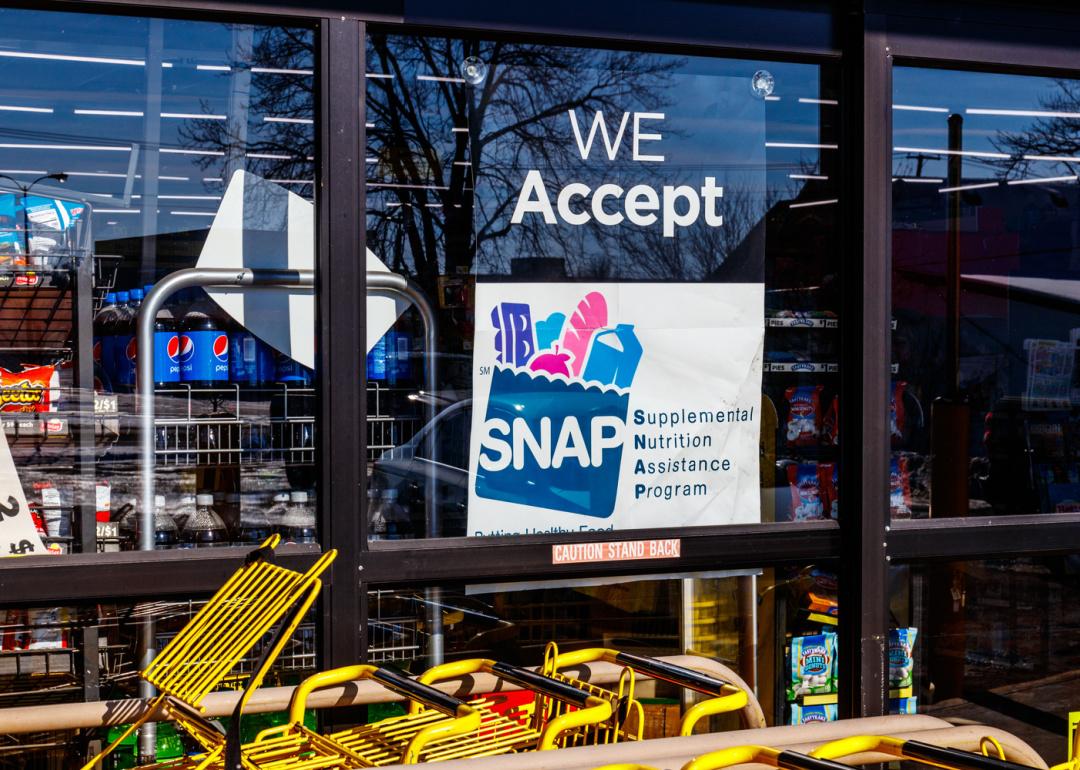
13.9 percent of households in South Carolina receive food stamps
13.9 percent of households in South Carolina receive food stamps
Prior to the coronavirus pandemic, food insecurity throughout the United States affected more than 37 million people, among them 11 million children. That number, though staggering, represented the lowest point of food insecurity in the country in almost 90 years. Against the backdrop of the ongoing pandemic, national hunger-relief organization Feeding America expects more than 42 million Americans to face food shortages during 2021. This demand puts additional strain on already-strapped food pantries and hunger-relief organizations, and drives significant need for increases in the country's Supplemental Nutrition Assistance Program (SNAP, also known previously as food stamps).
Stacker compiled a list of the states where food stamps are used the most using SNAP data released July 10, 2020, by the USDA. The number of households and the poverty rate are current as of 2019 data from the Census Bureau. States are ranked by the percent of households that received food stamps in April 2020. Additional information came from sources like the Center for American Progress, Feeding America, and state websites and local food banks.
South Carolina by the numbers
- Percent of households receiving food stamps: 13.9%
- Total households receiving food stamps: 275,630
- Average monthly benefit per household: $250 (#15 highest among all states)
South Carolina ranks in the middle of the pack nationally for food insecurity (13.9%). There has been some criticism that poverty in South Carolina is particularly hard on millennials.
Here are the states using food stamps the most and least:
States using food stamps the most
#1. New Mexico (27.6% of households)
#2. Rhode Island (22.2% of households)
#3. Washington D.C. (22.0% of households)
States using food stamps the least
#1. Wyoming (5.0% of households)
#2. Utah (7.0% of households)
#3. North Dakota (7.2% of households)



